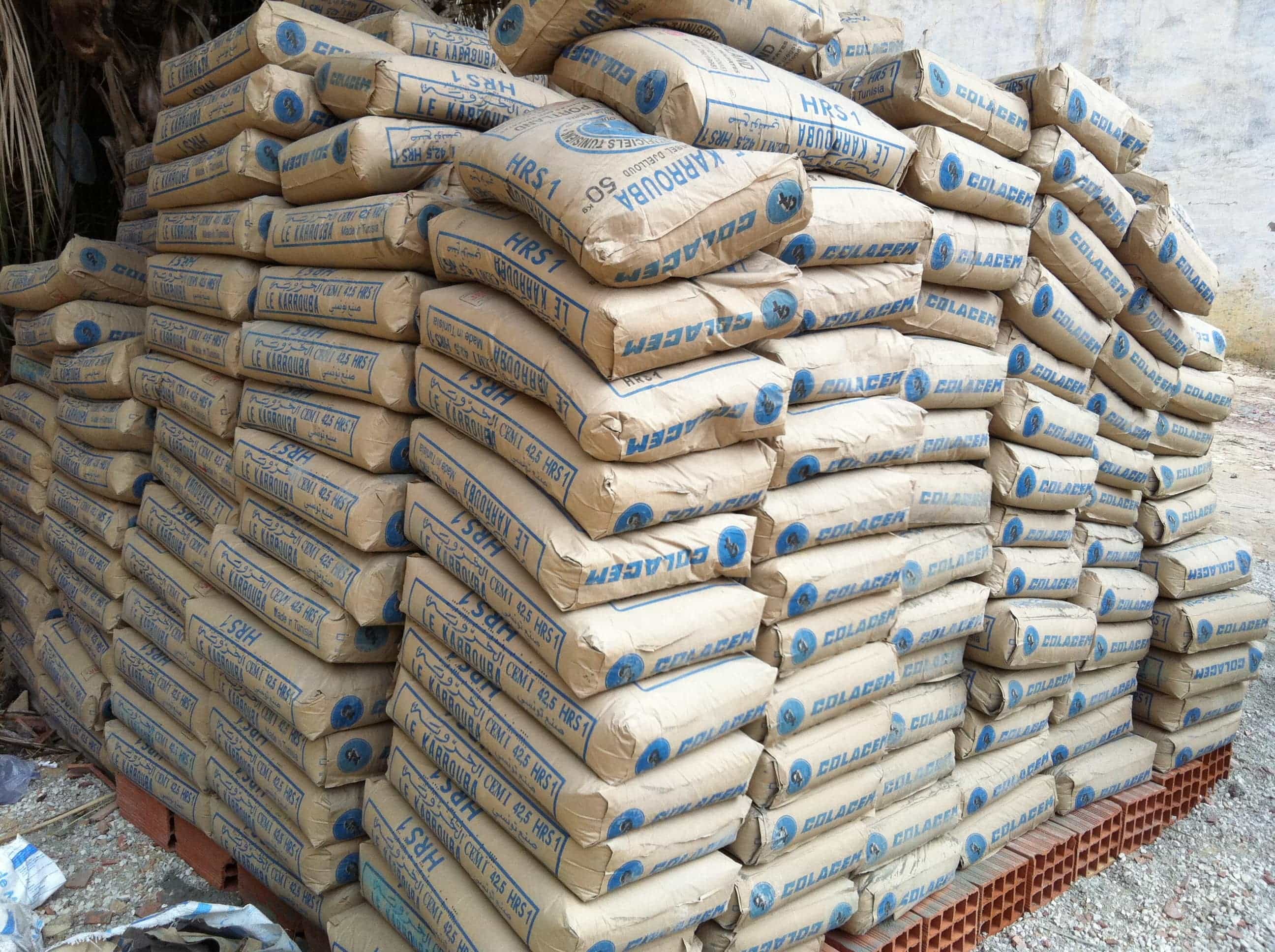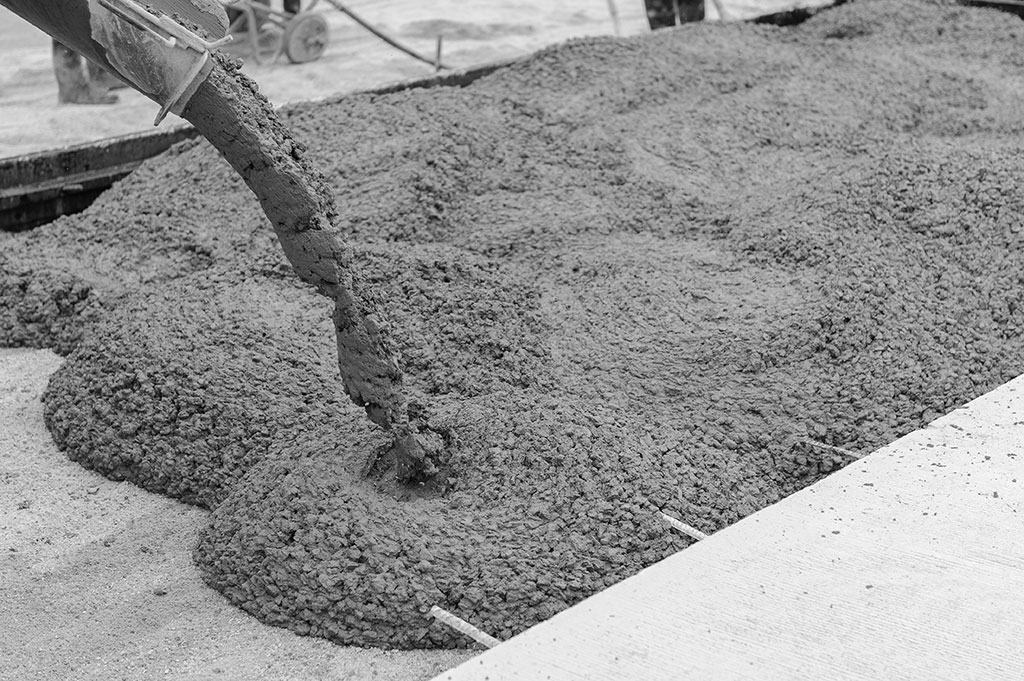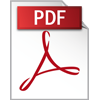CEMENT, CONCRETE AND BUILDING MATERIAL TESTING
Cement and concrete testing protocols involve a series of tests and procedures to assess the quality, strength, durability, and compliance of cement and concrete products. Here are some common testing protocols for cement and concrete:
1. Cement Testing:

- a. Fineness Test: Determines the fineness of cement particles using the sieve or air permeability method.
- b. Setting Time Test: Measures the initial and final setting time of cement to assess its workability and curing properties.
- c. Compressive Strength Test: Determines the strength of cement by subjecting standard mortar cubes to compressive loads.
- d. Soundness Test: Evaluates the potential volume change of cement due to the presence of uncombined lime or other compounds.
- e. Chemical Composition Analysis: Determines the chemical composition of cement, including the levels of major elements such as calcium, silica, aluminum, iron, and minor elements like sulfur and magnesium.
- f. Heat of Hydration Test: Measures the heat evolved during the cement hydration process to assess its potential for thermal cracking.
2. Concrete Testing:

- a. Compressive Strength Test: Determines the strength of concrete by subjecting standard concrete cylinders or cubes to compressive loads.
- b. Slump Test: Measures the consistency and workability of freshly mixed concrete.
- c. Density and Yield Test: Determines the density and yield of concrete to assess its weight and volume per unit area.
- d. Flexural Strength Test: Evaluates the tensile strength and bending properties of concrete beams or prisms.
- e. Water Absorption Test: Measures the amount of water absorbed by concrete to assess its porosity and durability.
- f. Chloride Ion Penetration Test: Assesses the resistance of concrete to chloride ion penetration, which can cause corrosion of reinforcement.
- g. Rapid Chloride Permeability Test: Evaluates the permeability of concrete to chloride ions to assess its durability and resistance to corrosion.
- h. Alkali-Silica Reactivity Test: Determines the potential reactivity between alkalis in concrete and reactive silica in aggregates, which can cause expansion and cracking.
- i. Air Content Test: Measures the air content in concrete to assess its workability and resistance to freeze-thaw cycles.
- j. Shrinkage Test: Evaluates the shrinkage properties of concrete, which can affect its long-term durability and cracking potential.
- k. Soundness Test: Determines the potential volume change of concrete due to the presence of unsound aggregates or expansive substances.
3. Quality Control and Compliance:
Cement and concrete testing often involves following specific industry standards or regulations, such as those set by ASTM International or national codes. Compliance with these standards ensures consistent quality, performance, and adherence to regulations.
The specific tests and protocols may vary depending on the type of cement or concrete, its intended use, and the applicable regulations or standards. Manufacturers, testing laboratories, or industry organizations provide guidelines for testing procedures and acceptance criteria.
Building Materials Testing Protocol
Building materials testing protocols involve a series of tests and procedures to assess the quality, performance, and compliance of various materials used in construction. Here are some common testing protocols for building materials:
1. Physical Properties Testing:
- a. Density and Specific Gravity: Measures the mass and volume of the material to determine its density and specific gravity.
- b. Moisture Content: Determines the amount of moisture present in the material.
- c. Porosity and Permeability: Assesses the material's ability to allow the passage of air, water, or other substances.
- d. Thermal Conductivity: Measures the material's ability to conduct heat.
- e. Thermal Expansion: Determines the material's dimensional changes due to temperature variations.
- f. Sound Insulation: Evaluates the material's ability to reduce or absorb sound transmission.
2. Mechanical Properties Testing:
- a. Compressive Strength: Determines the maximum compressive load a material can withstand before failure.
- b. Tensile Strength: Measures the maximum tensile load a material can withstand before failure.
- c. Flexural Strength: Assesses the material's resistance to bending or breaking under applied loads.
- d. Shear Strength: Measures the material's ability to resist forces parallel to its surface.
- e. Impact Resistance: Evaluates the material's resistance to impact or shock loads.
- f. Hardness: Measures the material's resistance to indentation or scratching.
- g. Abrasion Resistance: Assesses the material's ability to withstand wear and erosion.
3. Chemical and Environmental Testing:
- a. Chemical Composition: Determines the elemental and chemical composition of the material.
- b. pH Level: Measures the acidity or alkalinity of the material.
- c. Corrosion Resistance: Evaluates the material's resistance to corrosion or chemical degradation.
- d. Fire Resistance: Assesses the material's resistance to fire or flame spread.
- e. Weathering and Durability: Tests the material's performance under different weather conditions, such as UV exposure or moisture exposure.
4. Durability and Aging Testing:
- a. Freeze-Thaw Resistance: Evaluates the material's resistance to damage from repeated freezing and thawing cycles.
- b. Moisture Absorption: Determines the material's ability to absorb and retain moisture.
- c. Chemical Resistance: Assesses the material's resistance to chemicals or exposure to corrosive substances.
- d. Aging and Weathering: Tests the material's long-term durability and performance under simulated aging conditions.
5. Quality Control and Compliance:
Testing protocols for building materials often involve following specific industry standards or regulations, such as those set by ASTM International or national building codes. Compliance with these standards ensures consistent quality, performance, and adherence to regulations.
The specific tests and protocols may vary depending on the type of building material being tested, its intended use, and the applicable regulations or standards. Manufacturers, testing laboratories, or industry organizations provide guidelines for testing procedures and acceptance criteria.
Thermal insulation: Standard: ASTM C177-19
Thermal conductivity: Standard: ASTM C518-17
Compressive strength: Standard: ASTM C39/C39M-21
Tensile strength: Standard: ASTM C496/C496M-17
Flexural strength: Standard: ASTM C78/C78M-18
Water absorption: Standard: ASTM C140-20
Porosity: Standard: ASTM C642-13(2019)
Porosity: Standard: ASTM C642-13(2019)
Fire resistance: Standard: ASTM E119-20a
Sound absorption: Standard: ASTM C423-17
Sound absorption: Standard: ASTM C423-17
Dimensional stability: Standard: ASTM C157-18
Acid resistance: Standard: ASTM C267-18
Acid resistance: Standard: ASTM C267-18
Acid resistance: Standard: ASTM C267-18
Acid resistance: Standard: ASTM C267-18
Load-bearing capacity: Standard: ASTM C39/C39M-21

Testing
Read More
Inspection
Read More
Certification
Read MoreTesting Services
- Drugs & Pharmaceutical Testing
- Cosmetics & Essential Oils Testing
- Medical Devices Testing
- Ayush - Ayurvedic Drug Testing
- Food Products Testing
- Agri Commodities Testing
- Fertilizers and Soil Testing
- Animal Food & Feed Testing
- Water - Drinking Water & Effluent Water Testing
- Industrial Oils and Lubricants & Petroleum Products Testing
- Coal & Coke and Solid Fuels Testing
- Ores & Minerals Testing
- Metals & Alloys Testing
- Plastics, Polymer, Rubber & Rubber Products Testing
- Resins & Adhesives Testing
- Paints, Varnish, Pigments & Surface Coating Testing
- Glass & Ink, Paper & Pulp Testing
- Industrial & Fine Chemicals Testing
- Dyes, Acids and Solvents Testing
- Soaps, Detergents & Toiletries Testing
- Packaging & Packaging Products Testing
- Gold & Silver Assaying & Hallmarking
- Cement, Concrete & Building Materials Testing
- Pollution and Environmental Studies
- Microbiological Assays. Etc.,









